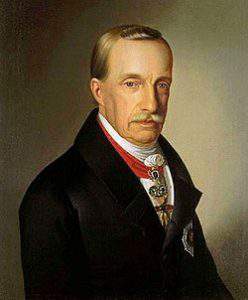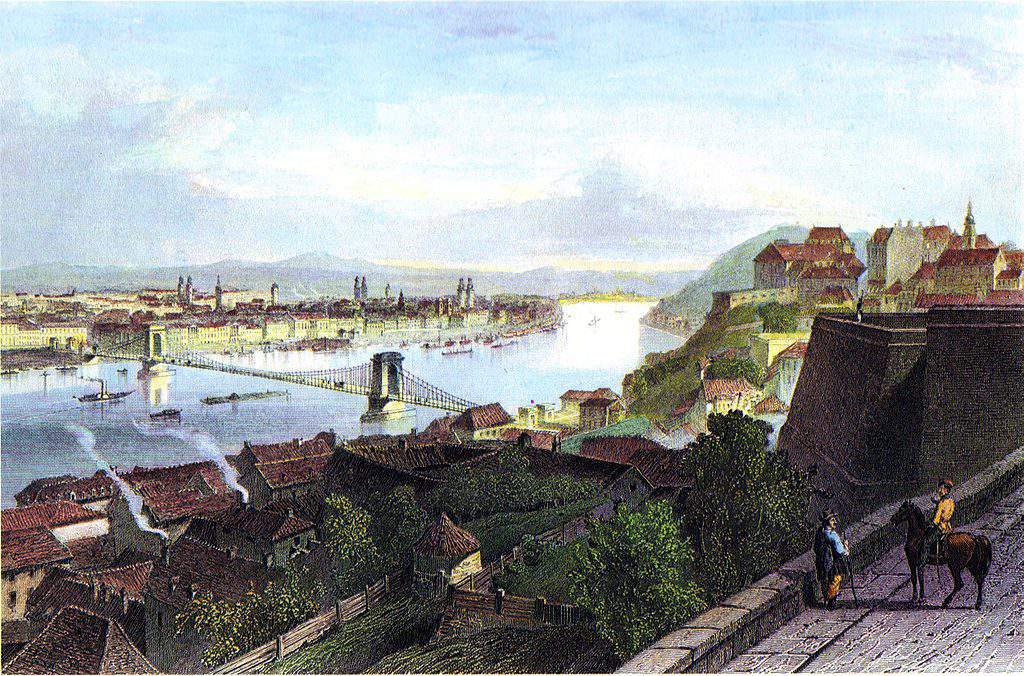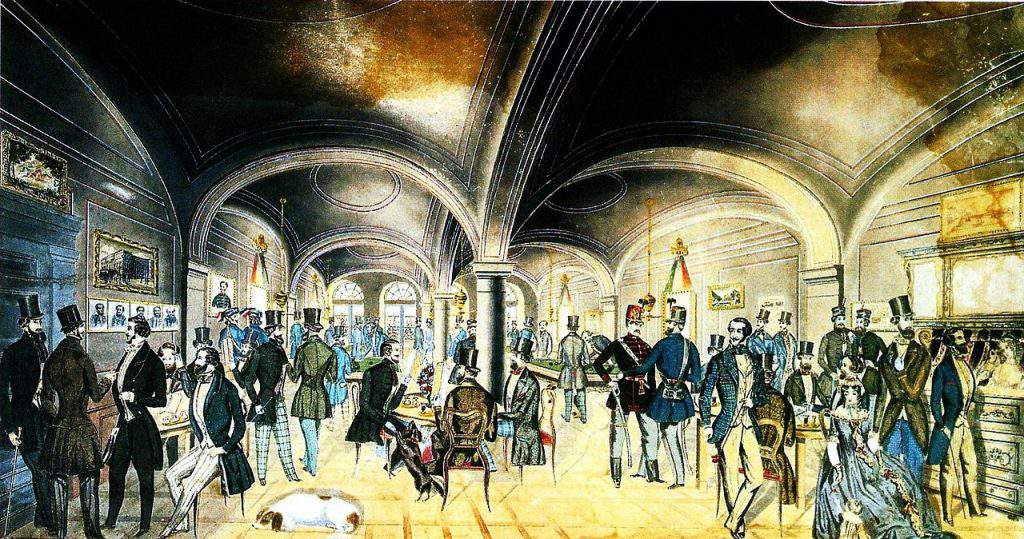Secrets of Budapest: The capital city during the revolution of 1848

170 years have passed since the Hungarian Revolution of 1848, which was sparked off by the youth of Pest-Buda. Even though the city has changed a lot in the past one and a half century, you can still visit some of the important venues of the events. What better way to bring back Funzine’s Secrets of Budapest series than commemorating these locations? 🙂
The most Hungarian Habsburg
The development of Pest-Buda can be mostly owed to Archduke Joseph, Palatine of Hungary, who is frequently referred to as “the most Hungarian Habsburg”. He led the so-called “Beautifying Board” since 1808.

This was the organisation which – among others – decided about the dismantling of the city walls (in the place of today’s Small Boulevard) so that Pest could grow further, and the city centre and the suburbs would not be separated. Joseph Habsburg was not only concerned about the city but also the fate of Hungarians in general. Hence he even supported the claims of the rebels.
However, the growth of Pest was not as idyllic as contemporary photos suggest. There were basically no covered channels and only a few water and garbage channels, which meant that the streets were filled with all types of rubbish – only a few steps away from the imposing buildings.
Photo: www.egykor. hu – Painting by Miklós BarabásChain Bridge
Even though the Chain Bridge was only inaugurated on the 20th of November, 1849 (postponed due to the revolution), the construction works were already started thanks to the campaign of Count Ferenc Széchenyi.
The Chain Bridge was the first stone bridge connecting Pest and Buda, before that, the cities only had a pontoon bridge. The structure was everything but massive, not to mention that it was not able to satisfy the needs of the era since, besides pedestrians, vendors and herders wanted to use it as well.

Another curiosity about the Chain Bridge was that everybody had to pay a fee for crossing the bridge – even the nobility! Naturally, they were not too happy about this, since it was believed that people of rank paid taxes “with their life and blood”, not money. This lasted until the inauguration of the Chain Bridge.
Pilvax Café
Cafés in the age of reforms were like market halls in the age of dualism: very district had one. The most famous out of these, Pilvax or as it was originally called, Café Renaissance, was opened in 1838. It was named after the second owner of the place, Károly Pilvax. However, its colloquial name was Fillinger in 1848, after János Fillinger, who bought the café in 1847.

The intellectual layers of society gathered in the cafés to create, chat, argue, talk politics – or spark off a revolution.
National Museum
The National Museum’s special collection was accumulated thanks to the generous donations of Ferenc Széchenyi. But the art treasure collection was invaluable for nothing if there was no building to showcase it. In the end, the 1832-36 parliament set aside a certain amount of money to build the museum, which was designed by Mihály Pollack. The construction was finished in the January of 1848, only two months before the revolution.

Old City Hall
One of the wonders of the reform age Pest was the City Hall that stood behind the Downtown Parish Church. The flood of 1838 seriously damaged the building, so a new city hall was built in 1842-43 based on the plans of Ferenc Kasselik. The building was expanded according to the ideas of József Hild in 1863.

The building included a chapel, the offices of prosecutors, city leaders and a prison. In spite of the beauty and usefulness of the building, it was demolished in 1900 due to the construction of the Elizabeth Bridge. The city leadership decided that the construction of the bridge was much more important than the imposing building.
In fact, it came very near to the demolition of the Downtown Parish Church as well.
Featured image: Wiki Commons By József Preiszler
Source: https://funzine.hu/





